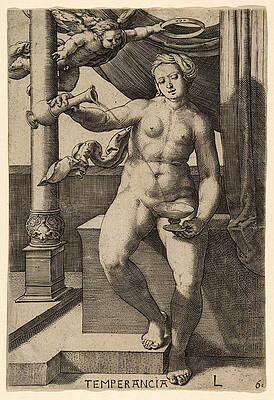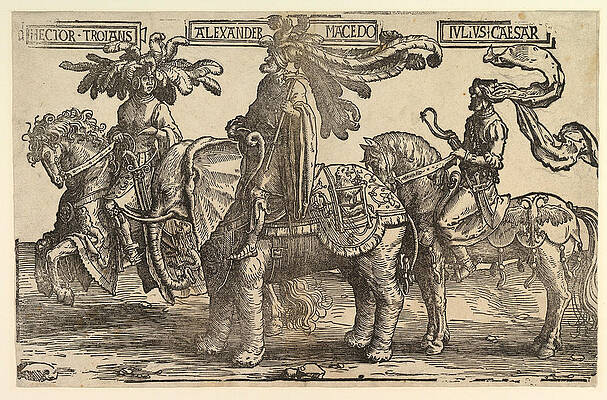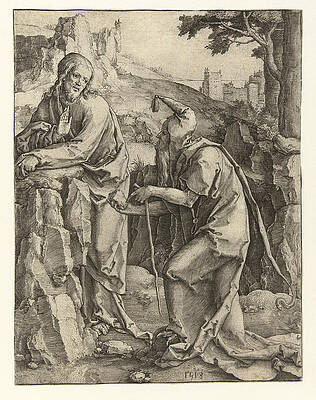Lucas van Leyden
Paintings
Madonna and Child
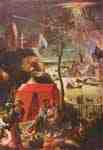


Portrait of Dirckgen van Lindenburgh

Portrait of Jakob Florisz van Montfort

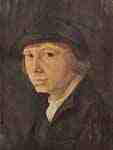
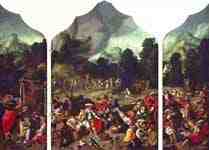
Dance of Jews around the Golden Calf
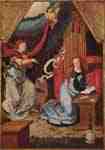
Drawings
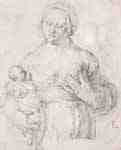

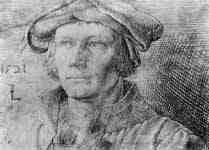

Portrait of a young man with fur hat
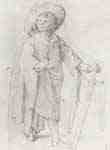

Illustrations
Abraham Repudiating Hagar
The Raising of Lazarus
The Dance of Saint Mary Magdalene
Golgotha
Fall of Man
Temperance. Temperancia
Rest on the Flight into Egypt
Mars Venus and Cupid
The Promenade
Three Pagan Heroes Hector Alexander Julius Caesar
Creation of Eve
Nude woman with a dog
Pyramus and Thisbe
The Temptation Of Christ

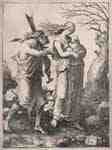

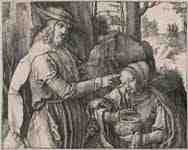

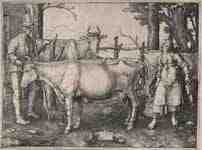

The ornament with the mermaids
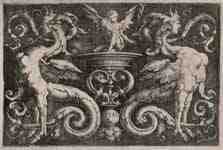
The ornament with the sphinxes
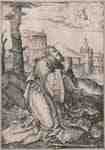

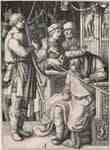

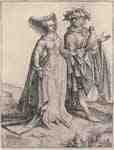
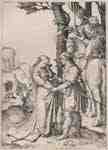


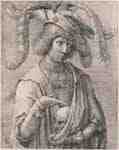
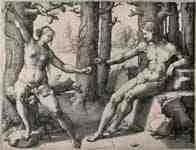
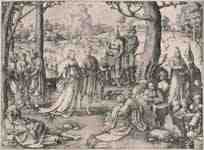
The Dance of the St. Magdalena
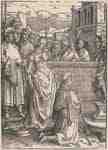
The " Big Sequence of the women power"

The " Big Sequence of the women power"
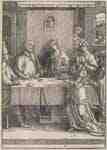
The " Big Sequence of the women power"

The " Big Sequence of the women power"
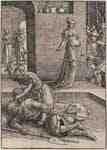
The " Small Sequence of the women power"
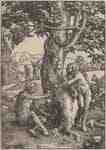
The " Small Sequence of the women power"

The " Small Sequence of the women power"
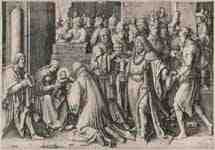
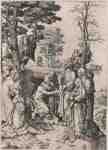

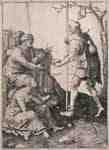
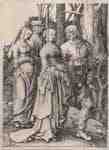
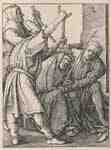
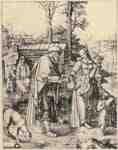

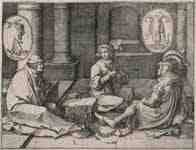
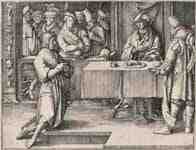


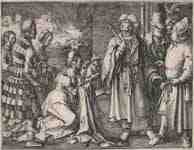


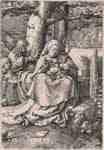
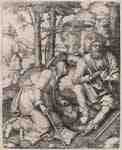

The Return of the Prodigal Son
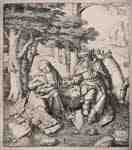
The Rest on the Flight to Egypt

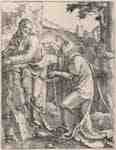
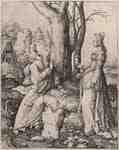

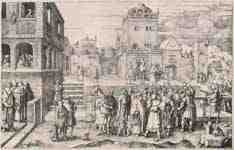
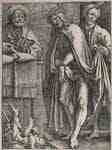
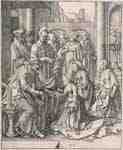
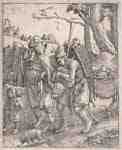

Sequence of "Christ and the Apostles "

Sequence of "Christ and the Apostles "

Sequence of "Christ and the Apostles "

Sequence of "Christ and the Apostles "
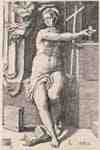
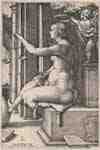

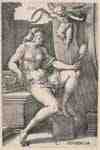
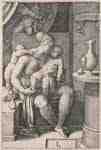
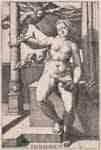
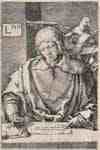
Sequence of the "Four Evangelists "
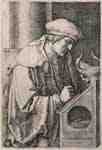 Sequence of the "Four Evangelists "
Sequence of the "Four Evangelists "
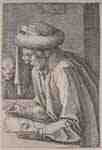
Sequence of the "Four Evangelists "
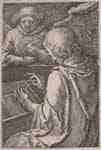 Sequence of the "Four Evangelists "
Sequence of the "Four Evangelists "
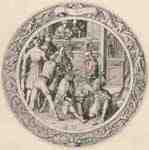
Result of the round " Passion of Christ"

Result of the round " Passion of Christ"
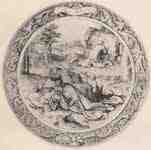
Result of the round " Passion of Christ"
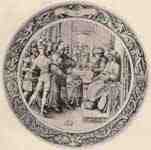
Result of the round " Passion of Christ"
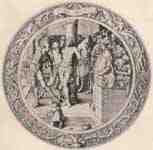
Result of the round " Passion of Christ"

Result of the round " Passion of Christ"
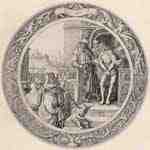
Result of the round " Passion of Christ"
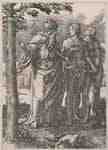
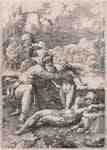

Sequence for the " Passion of Christ"

Sequence for the " Passion of Christ"

Sequence for the " Passion of Christ"

Sequence for the " Passion of Christ"

Sequence for the " Passion of Christ"

Sequence for the " Passion of Christ"

Sequence for the " Passion of Christ"

Sequence for the " Passion of Christ"

Sequence for the " Passion of Christ"

Sequence for the " Passion of Christ"

Sequence for the " Passion of Christ"

Sequence for the " Passion of Christ"


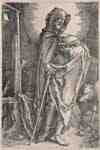

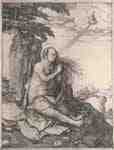
St. Mary Magdalene in the Desert
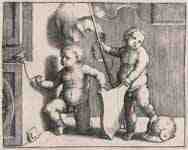

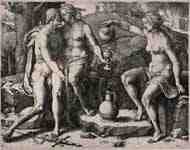
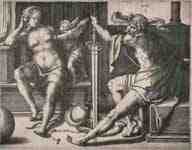
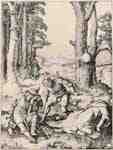

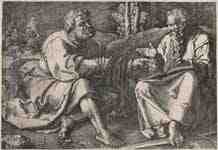
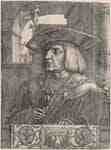
Portrait of Emperor Maximilian
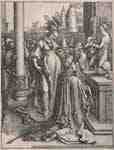
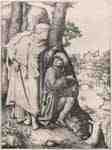
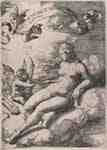
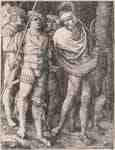
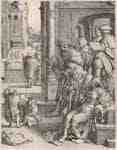
Virgin and Child
Fine Art Prints | Greeting Cards | Phone Cases | Lifestyle | Face Masks | Men's , Women' Apparel | Home Decor | jigsaw puzzles | Notebooks | Tapestries | ...
Lucas van Leyden (Leiden, 1494 – 8 August 1533, Leiden), also named either Lucas Hugensz or Lucas Jacobsz, was a Dutch engraver and painter, born and mainly active in Leiden. Lucas van Leyden was among the first Dutch exponents of genre painting and is generally regarded as one of the finest engravers in the history of art. Carel van Mander characterizes Lucas as a tireless artist, who as a child annoyed his mother by working long hours after nightfall, which she forbid not only for the cost of candlelight, but also because she felt that too much study was bad for his sensibilities. According to Van Mander, as a boy he only consorted with other young artists, such as painters, glass-etchers and goldsmiths, and was paid by the Heer van Lochorst (Johan van Lockhorst of Leiden, who died in 1510) a golden florin for each of his years at age 12 for a watercolor of St. Hubert. Having started working professionally at a young age, he left a large oeuvre, in spite of his fairly early death, and must have been a prodigious worker.
In 1514 Lucas entered the Painters' Guild at Leiden. He seems to have travelled a certain amount, and visits are recorded to Antwerp in 1521, the year of Albrecht Dürer's Netherlandish journey, and to Middelburg in 1527, when he met Jan Mabuse. An unbroken series of dated engravings makes it possible to follow his career as a print-maker and to date many of his paintings. Dürer was the single greatest influence on him, but Lucas was less intellectual in his approach, tending to concentrate on the anecdotal features of the subject and to take delight in caricatures and genre motifs.
Paintings
In basic painting technique van Leyden was the pupil of his father, from whose hand no works are known,[4] and of Cornelis Engelbrechtsz, but his precocious originality was paramount. Where he learnt engraving is unknown, but he took advantage of the works of Marcantonio Raimondi, whose motifs are reworked in Lucas' engravings and paintings, and became highly skilled in that art at a very early age: the earliest known print by him (Mohammed and the Murdered Monk) dates from 1508, when he was perhaps only 14, yet reveals no trace of immaturity in inspiration or technique.
Seventeen paintings surely by Lucas survive, and a further twenty-seven are known from descriptions by Carel van Mander, from contemporary copies or from drawings of them made by Jan de Bisschop in the later 17th century.[5] Max Friedländer[6] descried no clear pattern of stylistic development, in large part because Lucas' oeuvre was swelled and obscured by attributions since found unsustainable. Four broad stages in his artistic development are characterized by Elise Lawton Smith as his early half-length figures (c 1506-1512), the development of his landscapes (c 1512-1520), the influence of Antwerp paintings (c 1521-25) and the late works (ca 1525-1531),
where multiple figures are deployed against wooded landscapes, as in the Healing of blind man of Jericho (illustration). Lucas enjoyed a great reputation in his day, and Giorgio Vasari (who called him Lucas van Hollandt) even rated him above Dürer. He is universally regarded as one of the greatest figures in the history of graphic art, because he made etchings and woodcuts as well as engravings and was a prolific draughtsman. His status as a painter is less elevated, but he was undoubtedly one of the outstanding Netherlandish painters of his period. He was a pioneer of the Netherlandish genre tradition, as witness his Chess Players (Gemäldegalerie, Berlin)- which actually represents a variant game called 'courier - and his Card Players (National Gallery of Art, Washington), while his celebrated triptych of the Last Judgement of 1526-27 (Lakenhal Museum, Leiden, 1526–27, illustration) shows the heights to which he could rise as a religious painter. It eloquently displays his vivid imaginative powers, his marvellous skill as a colourist and his deft and fluid brushwork.
See also
Renaissance in the Netherlands
Notes
His father was Huygh Jacobsz.
The modern monograph is Elise Lawton Smith, The Paintings of Lucas van Leyden: a new appraisal, with catalogue raisonné, 1992.
(Dutch) Lucas van Leyden biography in Karel van Mander's Schilderboeck, 1604, courtesy of the Digital library for Dutch literature
Smith 1992 identifies Huygh Jacobsz with the pseudonymous Master of the St John Panels.
Smith 1992.
Friedländer, Lucas van Leyden, 1924.
----
Fine Art Prints | Greeting Cards | Phone Cases | Lifestyle | Face Masks | Men's , Women' Apparel | Home Decor | jigsaw puzzles | Notebooks | Tapestries | ...
----
Artist
A - B - C - D - E - F - G - H - I - J - K - L - M -
N - O - P - Q - R - S - T - U - V - W - X - Y - Z
Retrieved from "http://en.wikipedia.org/"
All text is available under the terms of the GNU Free Documentation License










